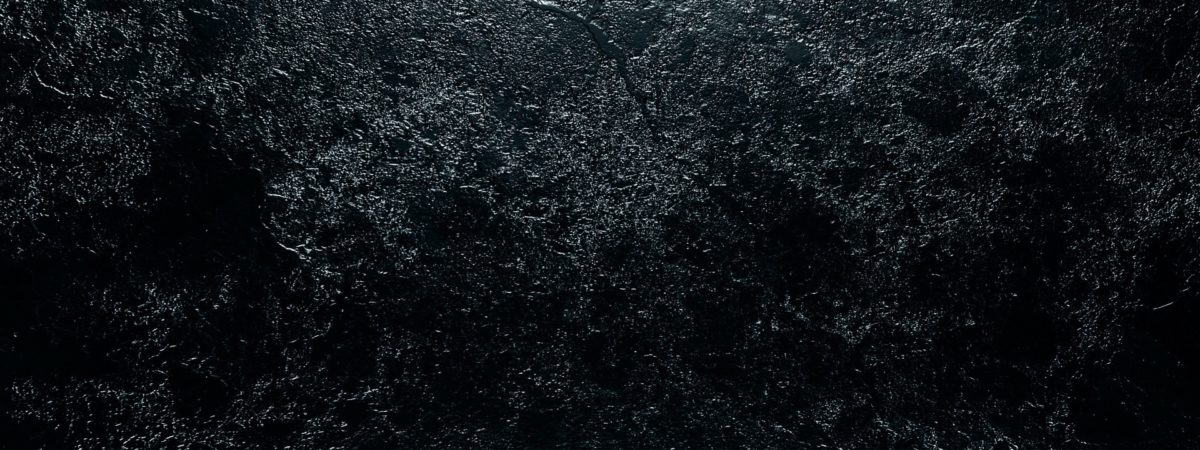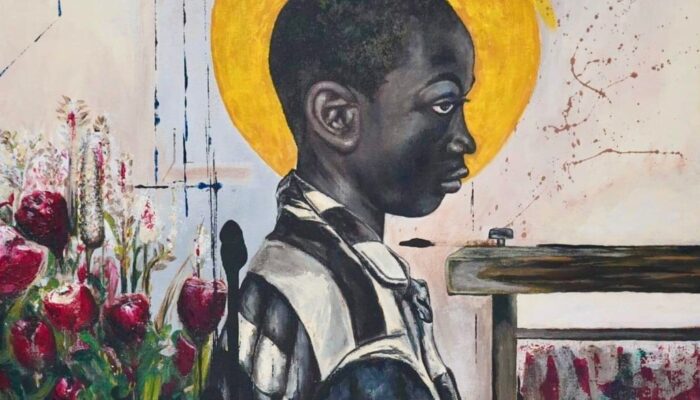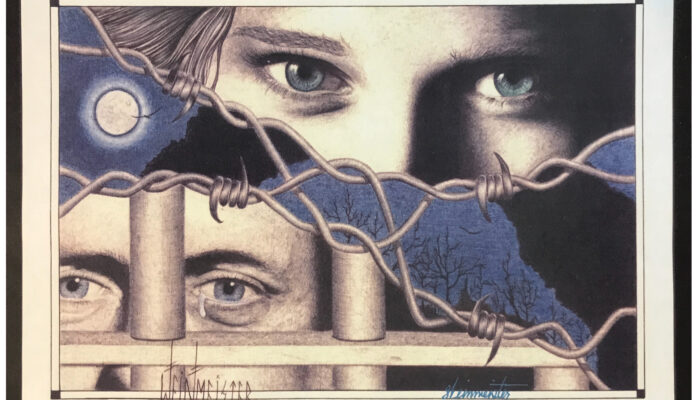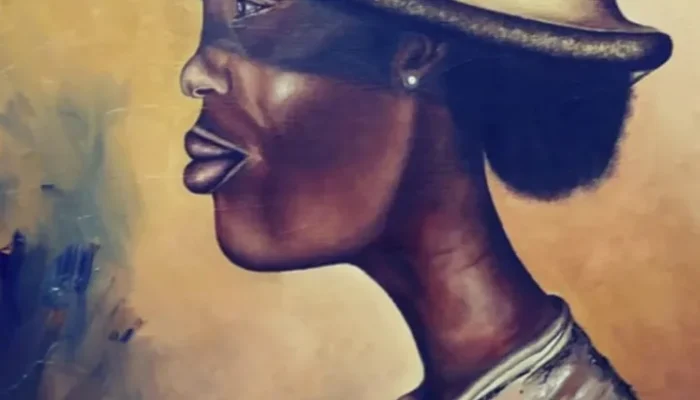Kenji Liu on Frankenpoetry, Monsters, and Toxic Masculinity
Kenji Liu’s “Now I know What It’s Like” closes out “We Outlast Empire,” a series that challenges the political transgressions of our current U.S. presidency. Liu’s poem tackles the relationship between masculinity and state violence through the “frankenpo” form, which assembles together poetic fragments from various sources. This poem, along with other frankenpos, will also appear as part of Liu’s full-length poetry collection, Monsters I Have Been, forthcoming from Alice James Books in Spring 2019.
Now I know what it’s like*
I knew now that I had to make another monster.
– Dr. Frankenstein
His interminable body harbored
hidden men—
bomb gallantries,
warfare cognates.
The crucial interior, numbed
to turn the curse of affect,
thought modification
with unending character
limits.
A vessel of spinning,
obliquely propelled man-fears,
and want-passengers,
sad monsters of all broke states.
His compulsive
nation of narcissistic guns.
Grief men, shooting
home.
Wars of syndicated motion threading across
a slowly enormous realm.
That night, I ran everyone wrong.
I told the monster that I would make
a wife for him.
Even with centuries of variant
hyper-genders,
a hundred gender chances,
I dreamed too ugly.
My man components loyal
to a freaked system of father loops.
Body threw all.
The lust economy
carcassing mercilessly.
This need for
mechanisms.
For national monster workshops
that shake graves.
When I made the first creature,
I didn’t know how it would turn out.
A knowledge machine of silent
man-children.
The dead gazing back,
and I, their creature.
* Frankenpo (Frankenstein poem) of an essay “Hypermasculinity and Violence as a Social System” and chapter 10 of Mary Shelley’s Frankenstein (abridged)
Muriel Leung: “Now I know What It’s Like” is part of a collection of what you call “frankenpos,” which plays on the idea of poetic and conceptual assemblage. What can you tell us about “frankenpos”? How did you arrive at this form?
KL: In 2017 I began playing around with using computer-generated text as a kind of interlocutor for my writing. I was searching for a way to engage and fight with patriarchy, and this led to websites that offer online I Ching readings. In this I was influenced by Bhanu Kapil’s work with divination and Margaret Rhee’s robot poetry. As a cultural practice, the I Ching is heavily embedded in Confucianism and Chinese heteropatriarchy. I wondered, what would happen if I asked the I Ching questions it couldn’t or wouldn’t want to answer, such as how to destroy patriarchy? This resulted in the “Dear I Ching” series—which took its answers and subjected them to even further manipulation in an Oulipo-inspired way. First I tried n+7, but that wasn’t mutant enough. Then I began using Google Translate, translating the answers between my family’s three main languages—English, Japanese, and traditional Chinese (of course, the original I Ching was in ancient Chinese). After Google translation, which introduced plenty of weird permutations, I used the result as found text and constructed new poems from it.
After these I Ching poems, many of which are in a chapbook, Craters: A Field Guide (Goodmorning Menagerie, 2017), I began looking for other ways to mess with texts. I had already been using an online text manipulator (textmechanic.com) to help me randomize the order of lines. This was something I adapted from Juan Felipe Herrera by way of Vickie Vértiz. In this exercise, you fold a piece of paper vertically in half (creating four sections), write across it, then use the four sections as markers of where a line should break, introducing an element of chance. It was a natural next step to use the text manipulator to break a text into its individual words, randomize their order, and reassemble. Later, I used this to mix more than one text together. It was like smashing a vase into tiny bits, shaking all the pieces in a bag, and gluing them without any regard for the original vase shape. I called this method “frankenpo” after Frankenstein, the monster man constructed from pieces of different bodies. It’s a perfect metaphor for how gender is assembled, and the threat toxic masculinity represents to life. But a “frankenpo” isn’t all random, because as a mad scientist, I choose to combine texts that have potential synergy, potential to comment on each other.
ML: “Now I know What It’s Like” makes me think of what it means to take hypermasculinity to the literal extreme. In your poem, the speaker oversees the biopolitical chances of a body that houses other “hidden men,” gesturing to the ways in which masculinist ideals proliferate and achieve status as something static and ahistorical. It is a poem that feels as much about excess as it is about how violent ideas and actions (“bomb gallantries” and “warfare cognates”) stick; they have the appearance of always having been there. How does the frankenpo as a form engage with these notions of excess and containment?
KL: I’ve used the idea of monsters and monstrosity as a way of exploring hyper and toxic masculinity, which comes from reading about Joyelle McSweeney’s “necropastoral.” The necropastoral has helped me develop a poetics of the toxic side of the traditional pastoral, which asks, on whose bodies is lyrical, pastoral poetry built on? For me, this is encapsulated in John Gast’s 1872 painting “American Progress,” in which a floating, young, barely dressed white woman brings light and progress into the U.S. American West while the “dark” Indians and animals flee into obscurity. The colonial ideal of North American settlement is racialized and gendered, an erotic conquest for white men (or “Man”) to undertake upon a land whose romanticized emptiness is violently theoretical. Obviously, this ideal is still relevant today, a discourse that mobilizes whiteness of all classes to rally behind POTUS45 and all manner of acceptable state and capitalist violence.
There is another side to this though. For example, Rajiv Mohabir’s poetry collection The Taxidermist’s Cut collection engages with notions of excess and containment as it pertains to a diasporic South Asian, queer man of color. It considers how this life is perceived as excessive and threatening to normative gender, heteropatriarchy, and the state, and therefore in need of being contained or marginalized—which goes back to your point about biopolitics. The taxidermy of identity construction is self-tailored in response to social forces, and if we draw from radical taxidermy, we see that this construction becomes “monstrous” in a Frankensteinian sense. This doesn’t leave out the agency to imagine and become, to construct ourselves according to the communities and social movements we are committed to.
Ashaki Jackson’s poetry chapbook Surveillance is another great example. It examines the ways police violence against black bodies is made into a spectacle for consumption via media, and how we as the audience are implicated in the spectacle. We see that a black man’s body is a locus for racialized fantasies of threatening hypermasculinity, an expendable excess of existence that verges on the supernatural and superhuman, even after being murdered by the state.
For me, frankenpo is a way to worm inside text bodies and implode them, to collide their pieces and see what radiation is released. After all, it’s U.S. American radiation that awoke Godzilla. It’s an excessive method used to try to reveal the contradictions and monstrosities within texts. All by rearranging the words in a set of texts.
ML: In this poem, the speaker embodies the role of Dr. Frankenstein as creator and catalyst of war machines. While the speaker’s dilemma of fashioning a creature that has progressed beyond his control mirrors the conflict behind Mary Shelley’s Frankenstein, his guilt and complicity seems tied up in larger socio-political errors that include perpetuating masculinist ideals, enabling nation-building through warfare, and binding state violence to power. Can you tell us more about the role of complicity in your poem’s speaker? And does this complicity extend to the reader?
KL: In writing I often try to find the thread of complicity, the stance that implicates the speaker and the reader in the situation. The monster in Frankenstein is made wholly by and of humanity. Its monstrosity is not otherworldly, it is the result of human society. When this constructed error becomes attached to state power and nation-building, the danger is multiplied. But it begins with the ways this will to power is stitched into most of us since birth, from which we have to recover.
ML: The gaze reverses in the end with the final couplet: “the dead gazing back/ and i, their creature.” While the speaker has been focused on making and imposing upon his creations, the wreckage his inventions has instilled turns back on him. In his attempt to wield control, the terms of surveillance seem to change upon death. I think of Achille Mbembe’s writing on necropolitics, how the state controls violence and death of its subjects through such acts as imprisonment, torture, and enslavement. I wonder what it can mean to end a poem, which warns of the violence of masculinity and state power, through the dead subjects’ gaze. What does this ending mean to you in terms of notions of death, agency, and subjecthood? Is this an oppositional gesture or something else?
KL: This is a recognition of complicity and perhaps a sense of responsibility. It is also acknowledgement of the monster within the speaker and the reader, that what gives me agency and subject hood is sometimes part of the thing that I despise. In a necropolitical sense, the speaker is faced by the wreckage and those forced to reside in the margins of “bare life” (to use Agamben) who are more exposed to systemic and institutional violence. At the same time, to be “their creature” might also imply that I am being used, or that I have capitulated or agreed to being used, but for what purpose? As is the case most of the time, the actuality for most of us is a combination of all of the above, an assemblage of contradictory forces.
ML: How do you think “Now I know What It’s Like” relates to our current political moment? Did the circumstances of the 2016 U.S. election affect some of the writing of the frankenpo collection? If so, how?
KL: This poem was written before the U.S. presidential election and it definitely hyper-relates to our current times, but neoliberalism for the ultra-rich, nationalist white supremacy, and heteropatriarchy existed before and laid the path for today. Other frankenpos in the collection were written after the election, and draw directly from U.S. government documents and speeches. For example, one composts POTUS45’s inauguration speech, while another uses the executive orders known as the “Muslim ban.” This is not to make him special or the root of all evil, because we know he cannot do anything without people who consent, and that his actions are not unique in history. But the specificity of forces that shape our political situation is unique, so Monsters I Have Been is a response to some of it. But the collection is also about fraternity violence, awkward bro bonding, gender-bending, homo-eroticism, misogynistic celebrity apologies, and much more.




